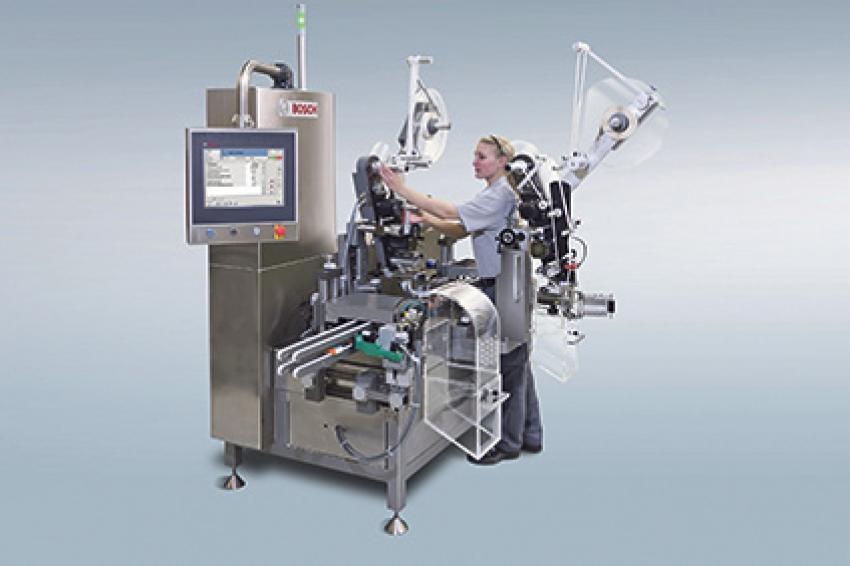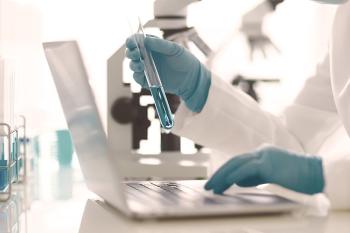Preparing for Tomorrow’s Pharmaceutical Challenges
Part 2: Quality by Design and Process Analytical Technology
The pharmerging markets will still be extending their progress by 10 to 13%, as population increases and rising incomes contribute to dramatically higher use of medicines. Improved access to drugs is supported by economic expansion, significant demographic and epidemiologic changes, and a broad range of government and private healthcare policies.
New legislation, expiring patents and increasing healthcare costs call for decisive changes in the global pharmaceutical industry. New markets for specialty medicines, biopharmaceuticals and biosimilars are opening up, entailing opportunities for further growth. The coming years will see markets across the globe implement new best practices and manufacturing concepts. What they all have in common is the need for safe, high-quality and consistent operations.
The use of high-potency pharmaceuticals has grown extensively, causing manufacturers to pay more heed to protecting all elements of the supply chain from their potentially harmful effects.
Continuously Containing Highly Potent Substances
In parallel to the aseptic filling of liquid pharmaceuticals, manufacturers of solid dosage forms have also recognized the need for containment solutions. They prevent biological agents from escaping either into the working surroundings or the external environment, thus protecting operators from potent pharmaceutical compounds. Containment systems require closed containers or biological cabinets, and the use of rooms with specially designed air handling and secure operating procedures. Some drug manufacturers have already built entire containment facilities, where building and equipment are optimally fine-tuned to one another. Involving the equipment supplier at an early planning stage ensures flexible, modular and space-saving solutions.
A concept that greatly benefits this approach is continuous processing. Adopted many years ago by other industries like food and chemicals, the pharmaceutical industry only recently started to apprehend the benefits in terms of cost, time, space, and material savings. As opposed to batch manufacturing, continuous processing implies manufacturing and processing materials without interruption. This concept will only work if it is based on a thorough understanding of the process interaction between the different unit operations. As Dr. Janet Woodcock, Director of CDER (Center for Drug Evaluation and Research) at FDA, pointed out at the AAPS annual meeting in 2011: "Right now, manufacturing experts from the 1950s would easily recognize the pharmaceutical manufacturing processes of today." Yet the climate has changed in recent years, and leading manufacturers are developing new technologies which focus on reduced costs and improved efficiency.
Building Quality into Products
The FDA strongly advocates continuous processing and has pointed out frequently that the approach is consistent with the agency's Quality by Design (QbD) efforts. QbD is "a science- and risk-based approach to pharmaceutical development and manufacturing [...] to help ensure product quality." It aims at defining the quality and efficiency of a product before it is manufactured. Based on these requirements, product quality can be measured and controlled at different stages during the manufacturing process, while taking into account the impact of product and process properties on the final product. With a comprehensive control strategy for material, process and end product, QbD leads to reduced product loss, less production fluctuations and faster time-to-market. The QbD concept is also starting to be applied to biological products such as vaccines. However, the approach for solid formulations cannot simply be transferred to biological products. It still requires more experience and examples to establish suitable review and inspection paradigms.
Process Analytical Technology (PAT), "a system for designing, analyzing, and controlling manufacturing through timely measurement of critical quality and performance attributes of raw and in-process materials and processes, with the goal of ensuring final product quality", is considered an integral part of QbD. When the FDA issued its PAT guidance in 2004, it triggered the development of entirely new technologies for the in-line elimination of variable product quality. Novel inspection devices, for instance for capsules, simultaneously inspect all quality features like weight, foreign particles and length in real-time and at high throughput rates. On-line checkweighers ensure in-process weight control and deliver exact weights to the filling system for adjustment of fill parameters. Software development and new imaging capabilities further contribute to a rapid advance of these technologies.
Serializing, Aggregating and Authenticating
Once all products have been safely manufactured, filled and inspected, they require one further step before they are brought on the market. Secondary packaging and end-of-line equipment plays a major role in ensuring pharmaceutical safety. Growing Internet sales volumes, production outsourcing and more complex supply chains unfortunately provide numerous opportunities for counterfeit pharmaceuticals to enter the market. Many countries are currently developing and implementing new guidance and legislation to secure pharmaceutical products along the supply chain, for instance China, Argentina and Brazil, whose health surveillance agency ANVISA adopted a new resolution in December 2013.
The „Drug Quality and Security Act" qualifies the FDA to implement a standard numerical identification (SNI) code for the packaging of all prescription drugs in a step-by-step approach beginning in 2015. The Turkish Pharmaceutical Track & Trace System (ITS) even mandates the serialization of all OTC (over-the-counter) and prescription drugs on a unit level from production to patient. The European Union's Directive 2011/62/EU (Falsified Medicines Directive) also stipulates the implementation of uniquely coded, serialized packs for almost all prescription drugs. At the same time, the EU demands a second layer of security - tamper-proof closures. They clearly indicate whether a package has been previously opened or tampered with.
Pharmaceutical manufacturers are facing enormous challenges to implement the respective regulations within the given timeframe. They must establish new procedures for the management and storage of serial numbers, which in turn requires the adaptation of highly sophisticated packaging processes in-line with global strategies. This calls for a sophisticated software architecture, which is able to integrate the serial numbers consistently on all levels - from devices, line processes and line management to production and enterprise control. A multi-layer and modular machine and software concept is obviously the safest option. It must be compatible with existing line concepts, allowing for the development of a complete system that complies with the industry's demand for safe, high-quality and consistent operations.
Part 1 of the article: "New Markets Need New Best Practices and Manufacturing Concepts" has been published in CHEManager International 5/2014.















